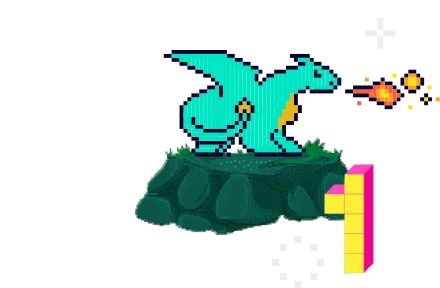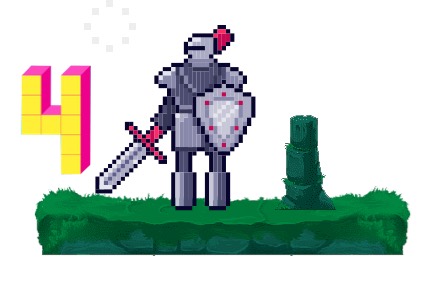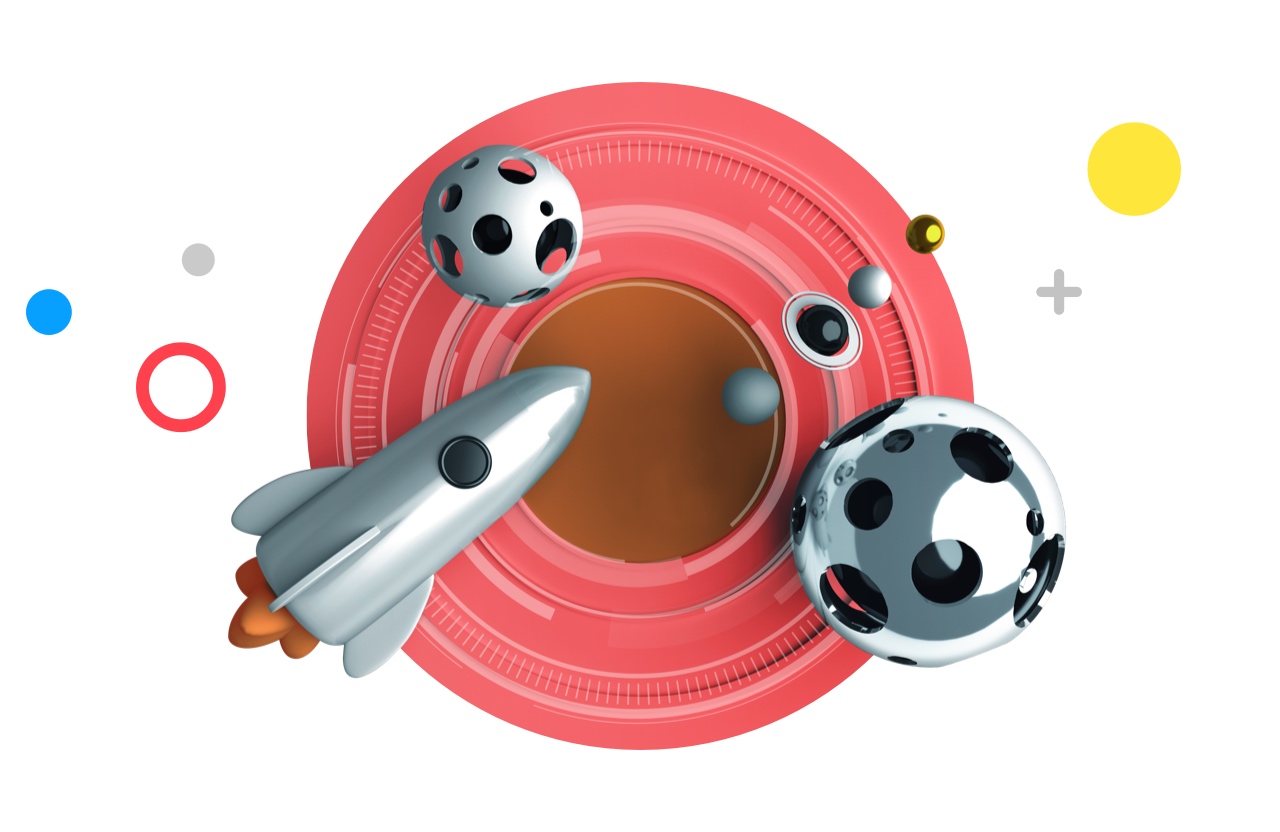What issue can we solve for you?
Type in your prompt above or try one of these suggestions
Suggested Prompt



Telecommunications, Media & Technology
Why Subscriptions Are What Gamers Are Craving Next
Why Subscriptions Are What Gamers Are Craving Next

Hook gamers on subscriptions by:
- Considering mid-level PC gamers who have graduated from entry-level hardware but don’t have time to build their own machines
- Using data to personalize experiences that help reduce churn, and developing new products and services
- Aiming for a turnkey experience that delights through multiple upgrade cycles
Since the beginning of 2020, video games have helped millions of people around the world log in and tune out from the hyper pressurized realities of COVID-19. Video game analytics company Arsenal.gg found that gamers spent 1.1 billion hours on game streaming platform Twitch from February to March 2020, a 20 percent increase.
While the video game industry has seen spectacular growth, the PC Gaming market is at a crossroads.
Sony and Microsoft saw initial spikes in demands for their PlayStation and Xbox Consoles in March and April 2020, and although they dropped off in the summer, strong demand returned as both released their next generation consoles during the holidays. Nintendo was a huge winner, shipping twice the number of Switch consoles than analysts had expected. But, many companies are missing opportunities in PC gaming, where gamers value building their own systems because they feel they’re superior to traditional gaming consoles. While companies are catering to entry-level and high-end, experienced PC gamers, mid-level gamers are a significant opportunity for hardware makers. Representing nearly 60 percent of the potential PC gaming market, according to gaming market insights company Newzoo, these mid-level customers want the right hardware to play AAA games or premier, high-budget games. Mid-level gamers have the income to invest in the right hardware but do not have the time or patience to build and manage a complex PC gaming rig.

But how can brands keep these mid-level gamers with more revenue potential engaged? A new direct-to-consumer (D2C) model, referred to as technology-as-a-service, is likely the answer for big PC brands such as Dell, HP and Lenovo and more niche gaming brands such as Razer, Asus and Dell's Alienware. Technology-as-a-service resembles the subscription services taking root in other industries such as CPG and Automotive, where customers pay a monthly fee for turnkey service with products that are refreshed and upgraded. For example, subscriptions could range from $100 to $200 a month for 24 months to $500 a month over 12 months for super high-end rigs. For consumer technology companies, this model is a way to extend the conversation with consumers beyond an initial point of purchase into a lifetime relationship, like what Peloton has done with its subscription model. It extends the traditional subscription service by going beyond product into content and services that create engagement and loyalty.
Four building blocks for Technology-as-a-Service:
Identify Value Pool:
Determine the highest value technology-as-a-service opportunities across direct revenue and indirect value drivers such as data and across different geographies.
Investment Strategy:
Develop the holistic strategy and financial business case linked to highest value technology-as-a-service opportunities.
Evaluate Capabilities:
While most brands have D2C ecommerce capabilities, the technology-as-a-service model requires additional capabilities, such as the ability to finance and insure products, risk and fraud verification, returns and upgrade management and logistics management that some brands may not yet have.
Build the Experiences:
Rapidly test new technology-as-a-service bundles and content to identify which solutions draw consumer interest and engagement.
Why Technology-as-a-Service?
In 2020, the $49 billion U.S. PC gaming hardware market grew in-line with the global PC market's compound annual growth rate of 8.1 percent. In the past year, experienced gamer spending on upgraded software and high-end accessories grew 14 percent year-over-year while entry level gamer spending on new hardware grew 21 percent year-over-year. E-commerce fueled this growth in sales through both direct and indirect channels and has given consumer electronic brands the ability to better identify and understand their customers. However, with the exception of a few brands such as Apple, major brands have been unable to create truly long-lasting relationships with their customers via technology-as-a-service. The average revenue per user for major segments of the consumer electronics space is expected to fall year-over year and this decrease is indicative of how consumers view many products as being commodities, where price is higher on the index of consumers' decision-making criteria.

Brands that increase revenues and margins are those that create relationships with their customers beyond the point of transaction. They understand that their customers rarely look for a product, they look for a solution. Brands who succeed will create experiences, products, and services built to solve customers' problems and build an ecosystem to continuously adapt and anticipates user needs.

Four Indirect Value Streams of Technology-as-a-Service
- Data-Driven Consumer Insight: Collecting and leveraging data and analytics to deliver personalized experiences, reduce churn and develop new products or services that better meet consumer needs.
- Concept Development: Testing and developing new products and services with less risk and faster speed-to-market.
- Brand Building: Using stronger control over how consumers interact with their products, to influence conversion rates, loyalty and increased organic brand advocacy through word-of-mouth customer reviews and recommendations.
- Business Agility: Increasing ability to innovate, expand and adapt to shifting trends in a way that relies less on outside retailers that may be exposed to different risks.
Taking the first step
The technology-as-a-service customer lifecycle follows four stages, with the goal of personalizing the experience each step of the way. As customers move through each stage, companies are continuously driving them towards new products and services.

Initial purchase
Offer customers a PC desktop or laptop configured to their needs.

Trade up
Sell the subscription plan, such as 24 months of low payments with trade-up options at the end.

Upgrades
Offer accessories and extras like monitors, keypads, mice and game codes for pre-releases as part of the subscription price as one-time upgrades.

Personalized Offers
As customers use their new hardware, content, offers and upgrade eligibility can all be personalized, and self-service returns for recycling are easy.
Making gaming frictionless
PC gaming hasn’t been able to provide a low friction, all-in-one, press-a-button-and-go experience. But the recent release of entry level desktops by brands such as Dell and HP changes that, along with the inclusion of graphic cards in all-in-one machines and laptops that can play more casual games at lower quality. The pressure from console makers like Nintendo, Sony and Microsoft has intensified as it’s now rare for a AAA title to not launch concurrently on PC and console platforms. Mobile game quality and the power of mobile hardware has also put Apple and Samsung on the cusp of being able to deliver AAA experiences. And with 5G and cloud gaming on the horizon, Microsoft, Google and Nvidia may be able to put AAA experiences on any device with enough bandwidth. For PC gaming manufacturers, there are still bright spots to look to as the console market's upgrade cycle is about five years -- a much longer horizon than the two years for PC gaming. Potential blockbuster technologies, such as virtual reality, will require the processing power of PC hardware to realize their full potential for at least the next two to three years.
Our Solutions
Build the digital capabilities you need to continuously adapt to change.

Rapid Response Teams
Rapid Response Teams (RRTs) explore many solutions that companies can adopt in the near-future to unlock new areas of value and strengthen their positions in the market.

Direct to Consumer
Direct to Consumer (D2C) is a type of business model that bypasses traditional middlemen to create frictionless shopping experiences and unlock new revenue and profit streams.
Related Articles
-
![Promo Image]()
How Every Company Will Become a Digital Bank
Customer expectations for digital financial transactions have reached beyond banking.
-
![Promo Image]()
How to Develop the Muscle of Continuous Change
The secret to business longevity is being able to change at pace with the world. Find out how becoming digital at the core gives that to you.
-
![Promo Image]()
3 Proven Architecture Patterns for Integrating Digital Experience Platforms
Here, we collate our thinking and point of view on the most common business drivers that we see, as well as our recommendations on which architecture patterns are most appropriate for different customer scenarios.






